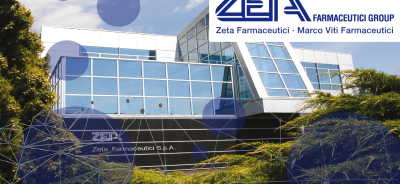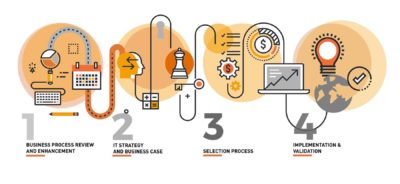Data Integrity, Company Integrity: a Management Commitment
Thousands of documents and articles have been written about Data Integrity. You probably have already attended several presentations and webinars introducing the concept, repeating incessantly the list of data integrity guidelines published by the regulatory bodies and showing you frightening summaries of warning letters.
Data integrity is not a new trend
You know that data integrity is not a new concept. You know of multiple examples not even related to the pharma industries that had a strong impact in the society. Like the one that happened in the automotive industry, with a catastrophic environmental fraud in cheating with emissions tests. The top management lost the job; billions were wiped from the company’s shares; and the country economy faced a big threat. In the Food industry, species authentication is also misleading the consumers in some occasions with incorrect labelling.
Today, we take numerous professional and private decisions along the day based on captured data, and we get used to trust them and the company behind those data. Once the information is acknowledged as incorrect, inadequate, even fraudulent, the trust is then broken. Unfortunately, the list of examples is long, and the final consequence always the same. A lack of trust impacts directly the final product and the company producing it.
Data integrity in laboratories
At the laboratory, you also might have run several internal meetings about data integrity, deciding how, what, when and who should be taking care of it. Too often the data integrity concerns focus on quality processes and data produced within the quality control department. We all then end up concentrating intensively in the potential gaps and risks that data silos might generate. Also, because, the auditors are getting extremely well trained in flagging the potential breaks directly at the source of a chromatographic raw data collection system. Anyhow, multiple laboratory solutions and methodologies are available. The Internet of Lab Things (IoLT), the Integration of instruments (Ioi), the audit trails, the electronic signature and more, are technical solutions that once implemented ease the data flow and limit the breaks to any ALCOA+ listed concepts.
Unfortunately, too often, the preparation to an audit accelerates the buying decision process of a software solution with the aim of quickly saving the situation by showing to auditors an informatic dedicated tool implemented. The typical situation that cumulates so many “should not do it that way” which outcome results in a poor implementation with hybrid processes that increased the risks to data integrity breaks.
The right approach for data integrity is to review processes, incorporate new methodologies and make sure that new standard operative procedures are followed correctly with a good understanding of the benefits for the employee and the company to do it right. We started by being concerned about data integrity when what should be addressed is change management and enhancement of the company cultural awareness. An educational program is to be planned at corporate level involving all functions and departments. The commitment of the company management is then a must to convey the correct message of recommended habits and attitude changes. The management commitment is a requirement to assure that the company is delivering reliable information. Management should instil the right attitude within the company providing guidance and leadership speaking about delivery of reliable information to the market.
Data integrity is, in the end, about Company Integrity
The commitment from management is critical, all markets should take data integrity as a serious issue as the risks of mishandling information are dramatic.
In commercial companies, we get quickly trained about how critical it is to get our computers and mobile phones backed up, generally connected to cloud applications storing securely the internal confidential information. No one’s goes for a coffee without blocking access to the personal computers with controlled unique password. How it happens that in other departments of the same company, password is easily shared if not completely visible on a simple post-it?
All employees should be committed to produce, handle and deliver accurate information. This is a long process which is not related to systems, technological solutions and processes. It is mostly related to corporate culture.
Company’s management should invest a significant portion of time in introducing a culture of reliability, quality and confidence that will generate trust within customers, suppliers and shareholders.





















